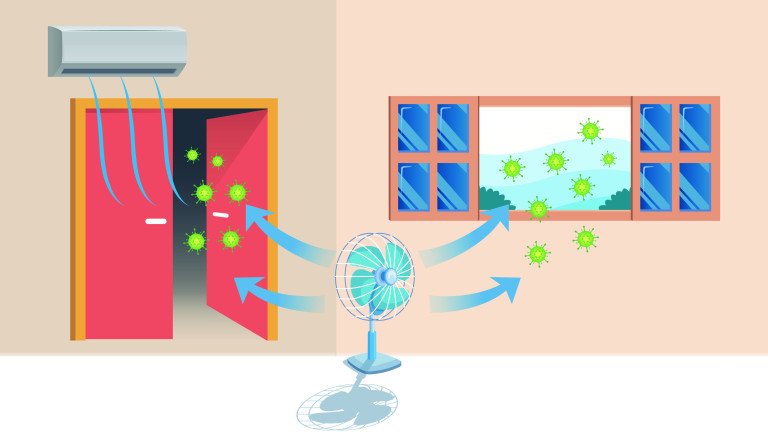Improving Air Quality in Schools During a Pandemic
Article | 01.07.2021By Douglas Lafever, President, UE Consulting
Benchmarking indoor air quality is likely to be a challenge for most schools because the data is overwhelming. If we simplified this and just looked at the code requirements we would find almost all schools in compliance. When we review the Indoor Air Quality Tools for Schools published by the EPA in conjunction with the American Federation of Teachers, the American Lung Association among others, we discover an acceptable temperature range of 67.5 ℉ to 80.0 ℉ and an acceptable 30% to 60% relative humidity range. This broad range has to include non-air conditioned schools in order to allow equity to conformance across all school corporations.
Schools built in the last 40 years with air conditioning must look for a different benchmark and look for comparative data that fits within the original design criteria of their school building. This may be closer to a daytime operating temperatures of 68 ℉ to 72 ℉ (30%-50% RH) for occupied heating operation and 71 ℉ to 75 ℉ (45%-55% RH) for occupied cooling operation. But indoor air quality doesn’t stop here. Ambient air has the wonderful quality of absorbing many kinds of things and spiriting them away. When we breathe in fresh honeysuckle perfume in the spring we are pleasantly surprised during a spring walk. When the air absorbs the smelly air from a pig farm we curse the direction of the wind during that same spring stroll!
Inside properly balanced buildings the air flow is one direction. Fresh (outdoor) air is introduced to a return air stream and filtered for dust, indoor air pollutants, and odors and sent through heating and cooling heat exchangers to either heat or cool spaces for comfort, introduce fresh breathable air with balanced moisture content. This has been satisfactory until 2020. Now the concern for possible reintroduction of small viruses from the return air stream is our focus. While outdoor air may carry its own bacteria or viruses, the major focus has been on contagions brought in by sick occupants and spreading them through the air system to cause a greater infection rate among occupants. So no longer are we concerned about mitigating potential VOCs, dust mights, allergens, combustion fumes, and controlling the air for comfort but we are now entering into the realm of hospital level air quality.
Understanding that even though schools were never built to hospital standards and infection control standards the HVAC systems can be upgraded to reduce (not entirely remove) the transmission of viruses and bacteria in the supply air stream. Products that use accelerated oxidation and others that use ultraviolet light are available in the market. Many can be installed with fastidious engineering attention to application and be effective tools to reduce the potential of viral transmission through recirculated air systems. A myriad of technics and technologies are available that promise to do exactly this but scarce independent testing credentials are found in this technical area and many shotgun approaches are offered to reduce the sale cycle. Many products currently offered are not even designed for heating and cooling systems but are adapted and offered with market friendly names to convince buyers these products have a successful record or tradition.
Setting out to improve indoor air quality to support wellness means to properly ventilate with fresh air. It also means to reduce indoor air pollutants by choosing “green cleaning” products, utilizing integrated pest control techniques, and employing a specialist to help you validate your systems are providing the proper comfort air while maximizing filtration and energy efficiency. When a school facility turns ten or even twenty, energy efficiency, air balance, IAQ, and staff work practices may all need to be addressed to include improvements, commissioning, and even training to maximize wellness support for staff and students alike.
Additional information from Douglas Lafever on this topic can be found in the Wednesdays with Wightman Recap for December 16, 2020 as well as in the slides from the discussion which can be found here:
A recording of the session can be found below:
